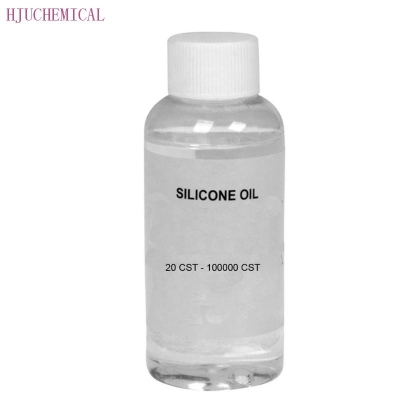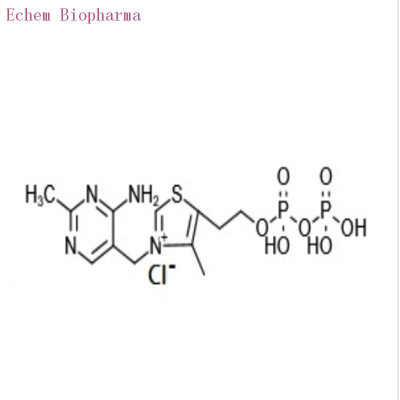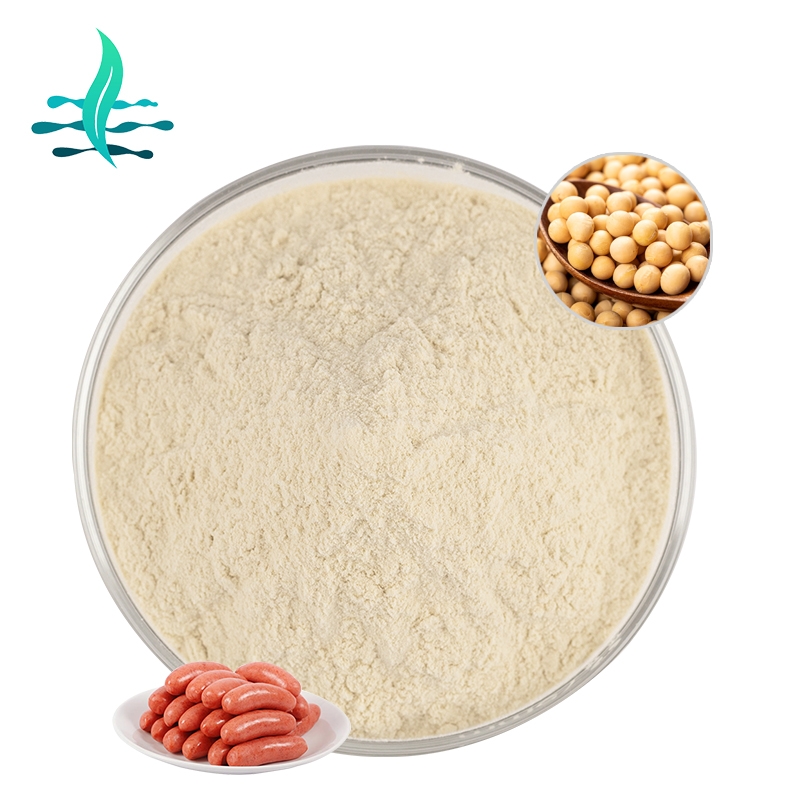-
Categories
-
Pharmaceutical Intermediates
-
Active Pharmaceutical Ingredients
-
Food Additives
- Industrial Coatings
- Agrochemicals
- Dyes and Pigments
- Surfactant
- Flavors and Fragrances
- Chemical Reagents
- Catalyst and Auxiliary
- Natural Products
- Inorganic Chemistry
-
Organic Chemistry
-
Biochemical Engineering
- Analytical Chemistry
- Cosmetic Ingredient
-
Pharmaceutical Intermediates
Promotion
ECHEMI Mall
Wholesale
Weekly Price
Exhibition
News
-
Trade Service
Hot summer, high temperature, no bottle of drink in hand, how can walk under the hot sun? Open the shopping app, or walk into a convenience store, and the C-bit on the shelf leaves the colorful "sugar-free" drinks on the shelves.
they are popular with consumers these day, and are regarded as "good news" by people who keep fit, and even many people regard them as healthy drinks. However, does "sugar-free" have a sugar content of 0? Is "sugar-free" the same as a health painting? With these doubts, we randomly bought 11 sugar-free drinks in "C-bit" from convenience stores and sent them to Guangzhou Institute of Quality Supervision and Inspection for testing to test their total sugar content.
quality has
sent for inspection of 11 sugar-free drinks
yuan gas forest white peach flavor soda bubble water
Oriental leaf oolong tea
descale Coca-Cola
Prince seaweed soda
Watson salted soda soda soda
saccharin-free Sprite
Yiquan peach soda water
Vita scented dragon Tea
Sein small tea grape green tea flavor soda
Sundeli oolong tea
tea wrapped in wang table-style oolong tea
we note that in all these drinks, in addition to oriental leaf oolong tea, other drinks are marked on the front packaging "no sugar" or "0 sugar", some drinks (including oriental leaf oolong tea) marked 0 k caramel or 0 calories or 0 fat.
Non-absolute zero sugar can still be called "no sugar
this test using the national standard GB5009.8-2016 "food safety national standard food fructose, glucose, sucrose, maltose, lactose determination" second method, testing the total sugar sample. Total sugar in food usually refers to the sugar content of reduced sugar and hydrolysed into reduced monosaccharose in food. Based on the method of reducing sugar, the test hydrolysed non-reductive double sugar into reduced monosaccharose and measured the total amount of sugar in the conversion sugar.
test found that the total amount of sugar in all samples is not 0!
report showed that the total sugar content of the tea grape green tea flavor soda was 0.31g/100mL, and the total sugar content of the remaining 10 samples was less than 0.24g/100mL.
thought not to eat sugar, but in the end, it is difficult to escape a "sugar"? Have we all been fooled?
t that either. According to GB28050-2011 National Standards for Food Safety Prepackaged Food Nutrition Labeling General Rules, solid or liquid foods contain no more than 0.5 grams of sugar per 100 grams or 100 milliliters, sugar content can be labeled as "0", can be claimed that food "sugar-free" or "sugar-free." That is to say, the 11 samples sent for inspection, although not the absolute meaning of "zero sugar", but the total sugar content is less than 0.5 g/100mL, according to the regulations, can claim to be "sugar-free" or "0 sugar" food.
sugar-free sweetener comes from sweeteners
and there are two key questions:
First, since sugar content is so low, where does the "sweet" taste come from?
, a senior engineer at the Guangzhou Institute of Quality Supervision and Inspection, said sugars can refer to a variety of food ingredients that can be transformed into glucose in the human body. Sugar-free foods on the market generally refer to sugars that do not contain sucrose and hydrates from starch, including glucose, maltose, fructose, starch syrup, glucose syrup, fructose syrup, etc. However, many products contain sugar substitutes, that is, often called sugar substitutes or sweeteners, such as erythromylitol, sucralose, sucrose, ansai honey, aspartas sweet, stevia sugar, sweetener, sodium saccharin, etc. are sweeteners. "The sweetness of sugar-free products comes mainly from these sweeteners."
of sugars, generally divided into two categories that provide energy and do not provide energy. The former includes glycol, glycol, sorbitol, and the latter includes natural stevia sugars, as well as synthetic aspartol, saccharin, sodium saccharin, etc.
second, are sugar-free drinks really good for your health?
are an essential nutrient in our diet and can provide us with the energy our bodies need. But long-term high-sugar diet, will also cause harm to human health. Consumers who need to control their weight are treating sugar as an enemy of weight loss. That's why sugar-free foods have come into being.
chen Xiaozhen said the test indicator "total sugar" can help consumers clearly understand the actual sugar content of the product, for some consumers who strictly control energy intake or diabetics, this is an important reference indicator. In addition, sugar in the diet is the most important risk factor for caries, excessive intake will cause dietary imbalance. The Dietary Guidelines for Chinese Residents (2019) recommend that adults consume no more than 50g of added sugar per person per day.
experts make your heart more
smnot" quality inspection experts: to learn to look at the ingredients table
Chen Xiaozhen special reminder, when shopping for related products not only to see whether it is labeled "sugar-free food" words, but also to see the ingredients list!
She suggests that consumers can learn about the product in two ways, by looking at the ingredients list to see if the product they are buying with added sugar, or if the product is sweetened, and by looking at the nutritional content of the product to understand the sugar content of the product in order to adjust their diet.
she also recommends that manufacturers add sweeteners, in addition to meeting the relevant standards of scope and usage requirements, but also to meet the taste needs of the product to minimize the use of sweeteners.
Nutrition experts: artificial substitute sugar too much harmful
Guangzhou Medical University affiliated with the second hospital nutrition physician Zeng Wei told reporters that the packaged food label carbohydrate is containing the food itself sugar and artificial added sugar, the higher the carbohydrate value, the higher the added sugar.
Zeng said, there are three sources of substitute sugar, one is natural substitute sugar, extracted from plants, such as Rohan fructose and stevia sugar; Many studies have shown that synthetic sugar substitutes make the brain more adaptable to sweetness and more demanding of sweetness, leading to more high-calorie foods. Eating more sugar will destroy the gut bacteria, such as glycol, some people eat more will appear bloating diarrhea and other symptoms.
.







